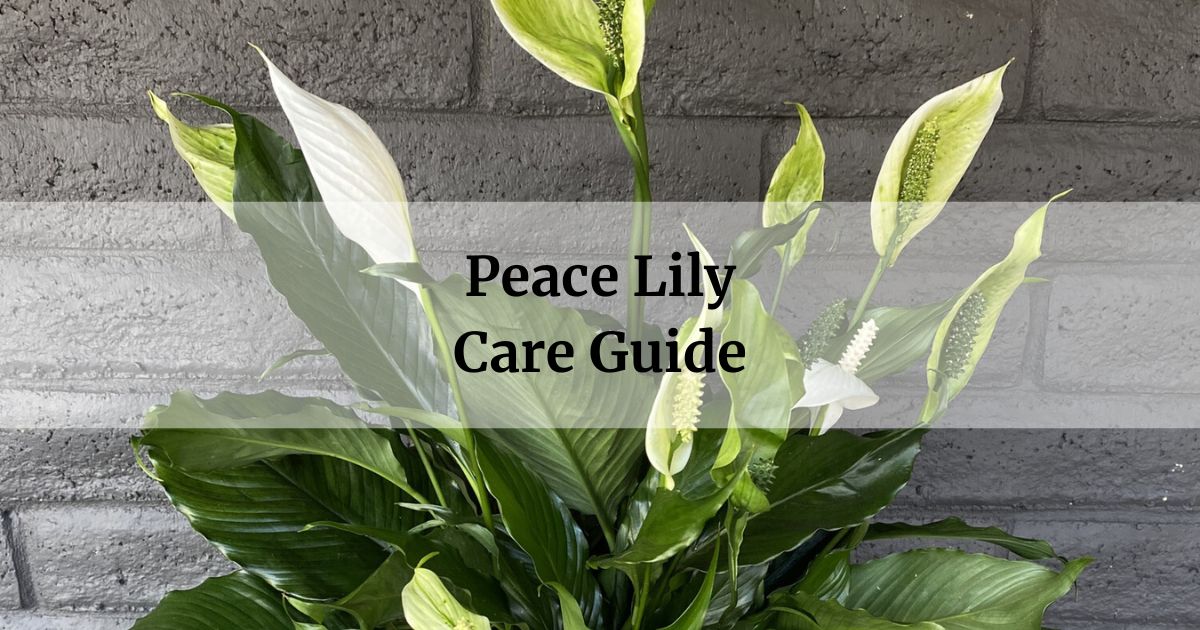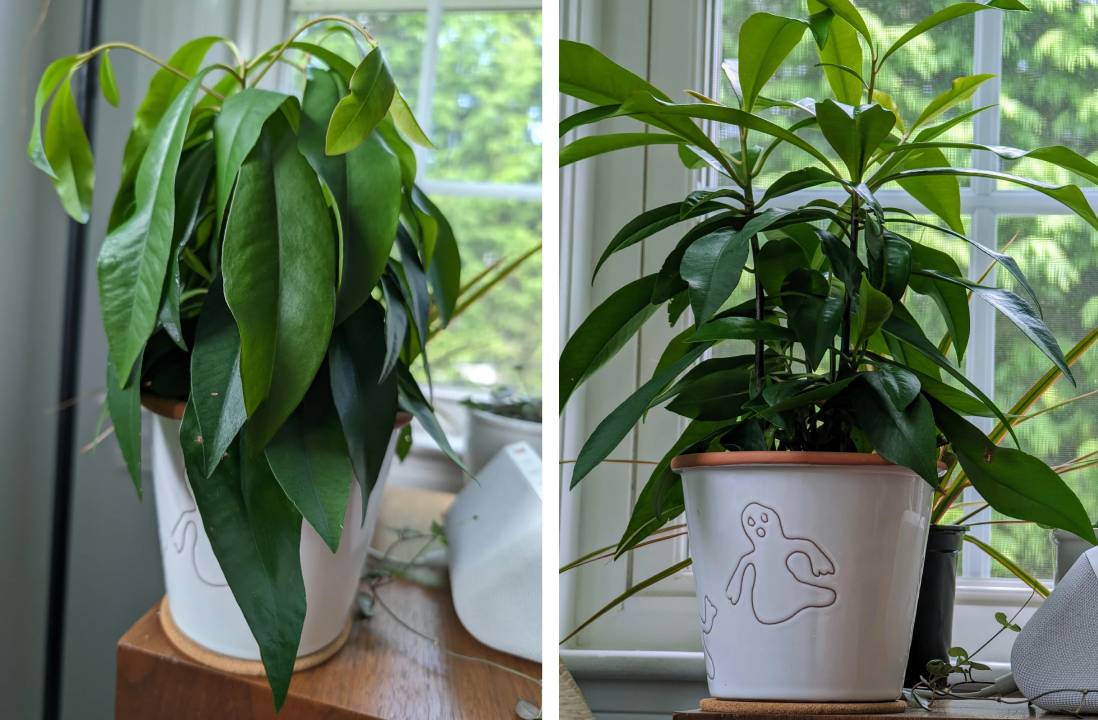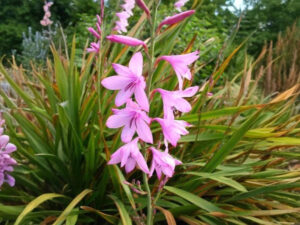
The Peace Lily (Spathiphyllum) is a stunning plant that adds a touch of elegance to any indoor space. With its lush green leaves and delicate white flowers, it’s no wonder this plant is a favorite among home gardeners.
Key Takeaways:
- Appearance: The Peace Lily is known for its large, glossy green leaves that can grow up to 3 feet long.
- Water Requirements: Peace Lilies prefer to be kept slightly moist, but not waterlogged.
- Light Requirements: These plants thrive in bright indirect light, but can also tolerate low light conditions.
- Pot Size: Peace Lilies do best in pots that are at least 8 inches wide.
- Fertilizing: Use a balanced fertilizer once a month during the growing season.
- Potting: Peace Lilies prefer well-draining soil and should be repotted every 2-3 years.
- Propagation: Divide the plant or take stem cuttings.
- Growth and Development: Peace Lilies prefer temperatures between 65-75°F and high humidity.
- Pest and Disease Management: Watch for spider mites, mealybugs, and root rot.
In this article
Appearance of the Peace Lily

The Peace Lily is a stunning plant that adds a touch of elegance to any indoor space. With its lush green leaves and delicate white flowers, it’s no wonder this plant is a favorite among plant enthusiasts. The leaves of the Peace Lily can grow up to 3 feet long and are glossy, making them a great addition to any room.
Light Requirements for the Peace Lily
Peace Lilies thrive in bright indirect light but can also tolerate low light conditions. They do not like direct sunlight, as it can scorch their leaves. Here’s a breakdown of the light requirements for the Peace Lily:
| Light Conditions | Effect on Peace Lily |
|---|---|
| Bright Indirect Light | Thrives |
| Low Light | Tolerates |
| Direct Sunlight | Can scorch leaves |
Watering the Peace Lily

Peace Lilies prefer to be kept slightly moist, but not waterlogged. Here are some watering guidelines to follow:
- Check the soil before watering. If it’s dry to the touch, it’s time to water.
- Water the plant until water runs out of the drainage holes.
- Allow the soil to dry out slightly between waterings.
Fertilizing the Peace Lily

Indoor Plant Fertilizer Pellets for Seedlings and Mature Plants
Peace Lilies should be fertilized once a month during the growing season. Use a balanced fertilizer and follow these guidelines:
| Month | Recommended Dosage |
|---|---|
| Spring (March-May) | 1/4 tsp per gallon of water |
| Summer (June-August) | 1/2 tsp per gallon of water |
| Fall (September-November) | 1/4 tsp per gallon of water |
| Winter (December-February) | None |
Potting the Peace Lily

Peace Lily- Spathiphyllum- Stunning Plant for Medium Size Pot (6”-8”)
Peace Lilies prefer well-draining soil and should be repotted every 2-3 years. Here are some potting guidelines to follow:
- Choose a pot that is at least 8 inches wide.
- Use a well-draining potting mix.
- Repot the plant every 2-3 years or when the roots start to become crowded.
Propagation of the Peace Lily
To propagate a Peace Lily, you can divide the plant or take stem cuttings. Here’s a step-by-step guide on propagating the Peace Lily:
- Divide the plant by carefully separating the roots and replanting them in separate pots.
- Take stem cuttings by cutting a stem that is at least 6 inches long and has several leaves.
- Place the stem cutting in a glass of water and wait for roots to form.
- Once roots have formed, plant the cutting in a well-draining potting mix.
Growth and Development of the Peace Lily
Peace Lilies prefer temperatures between 65-75°F and high humidity. Here are some growth and development guidelines to follow:
- Optimal light: Bright indirect light
- Humidity: High humidity
- Temperature: 65-75°F
Managing Pests and Diseases for the Peace Lily
Watch for spider mites, mealybugs, and root rot. Here are some management guidelines to follow:
- Spider mites: Use a neem oil spray to control spider mites.
- Mealybugs: Use a cotton swab dipped in rubbing alcohol to remove mealybugs.
- Root rot: Repot the plant in well-draining soil and avoid overwatering.
RELATED: 9 Indoor Plants that Purify the Air
Frequently asked questions
How often should I water my Peace Lily?
Peace Lilies prefer to be kept slightly moist, but not waterlogged. Check the soil before watering and water the plant until water runs out of the drainage holes. Allow the soil to dry out slightly between waterings.
How much light does a Peace Lily need?
Peace Lilies thrive in bright indirect light but can also tolerate low light conditions. They do not like direct sunlight, as it can scorch their leaves.
How often should I fertilize my Peace Lily?
Peace Lilies should be fertilized once a month during the growing season. Use a balanced fertilizer and follow the recommended dosage based on the season.
With proper care, the Peace Lily can thrive in any indoor space and it is so beautiful you will never get tired of it.
Happy gardening!







